|
This is a masterpost of sorts, compiling a list of several modern-day autistic visual artists, links to their websites, and images of their art. One very good source for exploring autistic people's art is The Art Of Autism (https://the-art-of-autism.com/), a nonprofit dedicated to sharing the art and writing of autistic and neurodivergent artists. Here is a list of autistic artists to look into, in no particular order: Wan Jamila Wan Shaiful Bahri Wan Jamila is a teenage artist from Malaysia who was diagnosed with autism at the age of four, and finds verbal communication difficult. She creates intricate paintings that reflect how she views the world. Her website is http://artjamila.com/ Aiden Lee Aiden Lee is a teenage autistic artist with ADHD and anxiety from Canada, who could not speak until the age of four. He creates whimsical, colorful paintings that express his thoughts and emotions. His website is https://www.aidenlee.net/ Grant Maniér Grant Maniér is a young autistic "eco-artist" from the United States who uses recycled material like paper and puzzle pieces to create colorful works of art. His special interest in paper blossomed into this unique recycled art form. His website is https://www.grantsecoart.com/ Karissa Narukami Karissa Narukami is an autistic artist from Canada who has a topographic memory, meaning that she remembers the exact contours and structure of every environment, object, and person she sees. She uses ink and watercolor as her medium. Her exhibition website is https://theedgekarissanarukami.com/ Dana Anderson Dana Anderson is a nonspeaking autistic artist with Down Syndrome from the United States, who uses acrylic paint to create abstract works of art. She is nonspeaking and requires substantial support in everyday life, but is a highly intuitive and skilled abstract artist. Her website is https://www.danaandersonart.com/ Dominic Killiany Dominic Killiany is a minimally speaking autistic artist from the United States who uses acrylic paint to create works of art that play with symmetry, color, and line form. His most frequent subjects are animals and cityscapes. His website is https://www.dominicreations.com/ Tierney Bishop Tierney Bishop is an autistic mixed-media artist from the United Kingdom who uses acrylic paint and fused glass to create expressive works of art. She likes to paint landscapes, and to use bright colors. Her website is https://www.tierneytheartist.com/ Megan Rhiannon Megan Rhiannon is an autistic artist with aphantasia (the lack of ability to think visually) from the United Kingdom, who works digitally and in small sketchbooks. Her drawings are inspired from occurrences in everyday life, and she often draws on her experiences as an autistic person to create her pieces. Her website is https://www.megan-rhiannon.com/ Amrit Khurana Amrit Khurana is an autistic visual artist from India who is minimally verbal. She uses ink and paint to create intricate and expressive pieces that capture her observations of the people and environments around her. Her website is https://www.amritkhurana.com/ Niam Jain Niam Jain is an autistic, minimally verbal visual artist from Canada who creates colorful abstract paintings. His work has received the attention of many esteemed art critics, who believe that the sophistication of technique Niam exhibits is quite unusual for his age. His website is https://niamjain.com/ Grace Walker Goad Grace Walker Goad is a minimally verbal autistic artist from the United States who creates abstract paintings, due to her low muscle tone. She expresses a keen understanding of color and composition, which is readily apparent in her work. Her website is https://gracegoad.com/ Iris Grace Iris Grace is a young artist from the United Kingdom who was diagnosed with autism at the age of two, and is now learning to speak. She and her therapy cat, Thula, like to create abstract paintings with soothing colors. Iris Grace pays very close attention to detail, and has a firm grasp on line, color, and composition. Her website is https://irisgracepainting.com/ Moontain Moontain is an autistic artist from France who paints highly intricate abstracted paintings of animals, humans, plants, and environments. His paintings are spiritual in nature, and draw on his intuitive sense of line and form. His website is https://moontain.org/ Jimmy Reagan Jimmy Reagan is a minimally verbal autistic artist from the United States who uses acrylic paint to create abstracted pieces inspired by artists such as Pablo Picasso and Vincent Van Gogh. His favorite subjects are people and animals, so he likes to paint portraits. His website is https://www.throughjimmyseyes.com/
... Thus concludes this list of autistic visual artists. My next post will be a list of autistic musicians. If you liked this post and want me to do a part two, let me know by commenting on this post or by emailing us at [email protected] -Eden
34 Comments
What Is Autism?
by Eden of @the.autisticats What is autism? Autism is a lifelong neurodevelopmental condition that affects every aspect of a person’s cognition, embodiment, and experience of the world. It is not a disease, and it is not a bad thing, it’s just a different neurotype. Autism alters a person’s sensory processing, social interaction, motor skills, emotional regulation, and many other things. It is caused largely by genetic factors, with at least 81% of autism likelihood being determined by genes (Pearson). The diagnostic criteria for autism includes: altered sensory processing, difficulty with social interaction, and restrictive and repetitive behaviors and interests. Autistic people process much more sensory information than neurotypical people (Remington, et al), so our experience of the world is sometimes confusing and chaotic. We observe details more acutely than other people, and sometimes have trouble generalizing concepts because of this heightened perception. Neurotypicals usually only use a couple of examples before generalizing, for example, being told that an orange cat and a black cat are both cats, then seeing a brown cat and knowing that it’s a cat (even though it’s not orange or black); whereas an autistic person might need more examples of different colored cats to understand that a brown cat is still a cat, because we notice and place more importance on the details of the animal (color, ear shape, etc.) than we do the gestalt (shape and general mannerisms of the animal). Because we perceive so much sensory and emotional information, we can often become overstimulated. In order to regulate our sensory and emotional processing, we do what’s called “stimming.” Stimming is short for self-stimulatory behavior, which is any repetitive motion or action that soothes us or provides us with the sensory input we need. Everyone stims, for example by twirling their hair or tapping their foot, but autistic people stim more often and more obviously, because we have so much more to regulate. Is autism a “male” condition? Autism is diagnosed more frequently in cis males than in women, trans & nonbinary people, with the estimated ratio of autistic cis males to cis females being 3:1. However, many professionals speculate that the ratio is actually 1:1, meaning that equal numbers of males and females are autistic. Women, trans & nonbinary people are currently and historically underdiagnosed, due to a difference in presentation and masking ability, as well as the fact that most diagnostic criteria is centered around the male-typical presentation of autistic traits (National Autistic Society). Additionally, recent research suggests that a substantial percentage of autistic people are gender-nonconforming, nonbinary or transgender, indicating that gender variance is more common in autistic people than in the general population (Strang, et. al). Do autistic people have empathy? The short answer is yes. There are two types of empathy, cognitive empathy and affective empathy (Wilkinson). Cognitive empathy is the ability to accurately predict how another person must be feeling based on context clues, whereas affective empathy is the ability to feel what someone else is feeling. Autistic people often have extreme affective empathy, and are very sensitive and responsive to people in obvious distress (Brewer). Cognitive empathy is sometimes a struggle for us, and it’s not because we don’t have the ability to think about how someone else might feel, it’s because we have trouble understanding how a neurotypical person would react to stimuli. We are often said to lack “Theory of Mind,” but really, we lack “Theory of Neurotypical Mind.” Our “Theory of Autistic Mind,” however, is intact. How many neurotypical people do you know, who can accurately understand and predict how an autistic person is feeling in a given situation, based on context and body language alone? Several studies have shown that neurotypical people are impaired in their ability to understand how autistic people are feeling and what they’re reacting to (Milton). It could be said, therefore, that neurotypicals lack Theory of Autistic Mind, as much as autistic people lack Theory of Neurotypical Mind. Should I say “person with autism,” or “autistic person”? Although many non-autistic people refer to us as “people with autism,” the vast majority of autistic people want to be called “autistic.” We like identity-first language, not person-first language. This is because autism is integral to who we are as people, and it shapes every aspect of our experiences and interactions with the world. Just like you wouldn't call a gay person a "person with gayness" or a black person a "person with blackness" you wouldn't call an autistic person a "person with autism." We know there's nothing wrong with being autistic, so there's no reason to distance ourselves from reality. Just because some neurotypicals use the word "autistic" as an insult doesn't mean we should concede and agree with them that being autistic is bad. Separating a person from their autism implies that there is something inherently wrong, bad, or sub-human about being autistic. Overly emphasizing the humanity of autistic people implies that our humanity is up for debate, and that autism would disqualify us from human status if it were viewed as a core part of our identity. It implies that there's a neurotypical person hiding "underneath" our autism. Calling someone a "person with autism" is like saying "I know you're autistic, but you're still a (neurotypical) person underneath." If you called a black person a "person with blackness" that would be like saying, "I know your skin is dark, but you're still a (white) person underneath." This makes the standard of humanity based on neurotypicality, whiteness, etc. This is why autistic people reject "person-first" language. It denies us humanity as autistic people. We aren't neurotypical, just as black people aren't white, and gay people aren't straight. That doesn't make us any less human. What are some areas autistic people excel in? Autistic people are extremely skilled at pattern recognition. We perceive small details and link them together, observing how they form complex systems of patterns. This ability to recognize patterns, and sort items or concepts into schema associated with those patterns, is called systemizing (Baron-Cohen et al; Smith; Chan; Khazan). We also have an enhanced perceptual capacity, meaning that we can perceive and process more information at once than neurotypicals can (Remington; Mottron et al). This is useful in situations where attention to multiple stimuli at once is required, and means that we notice more of the world around us than neurotypicals do. Our capacity to perceive is enhanced, and so is our perception itself. Autistic people are much more sensitive to sensory stimuli in general, and have been proven to have very acute visual and auditory perception (Bonnel; “Enhanced Motion Perception”; Mottron et al). Autistic people also have a heightened ability to discriminate between pitches, and are much more likely than the general population to have perfect pitch (Sarris; Stanutz; Bonnel). One other music related strength is that autistic people have an exceptional short and long term memory for melodies (Stanutz). Not only are we more perceptive than the general population, we’re more creative and original. In a study done on autistic people and neurotypicals who were told to think of novel uses for a paperclip and a brick, although the autistic people generated fewer responses, they came up with more original, creative ideas (Cohen). Autistic people also tend to be less prone to the effects of implicit social bias on the basis of race, gender, and other characteristics. While autistic people cognitively understand stereotypes, and often exhibit some implicit biases, the overall magnitude of those biases is reduced compared to those of neurotypicals (Birmingham). Works Cited “Autism and Gender.” National Autistic Society, National Autistic Society, 8 Aug. 2019, www.autism.org.uk/about/what-is/gender.aspx. Baron-Cohen, Simon et al. “Talent in autism: hyper-systemizing, hyper-attention to detail and sensory hypersensitivity.” Philosophical transactions of the Royal Society of London. Series B, Biological sciences vol. 364,1522 (2009): 1377-83. doi:10.1098/rstb.2008.0337 Birmingham, Elina, et al. “Implicit Social Biases in People With Autism.” Psychological Science, U.S. National Library of Medicine, Nov. 2015, www.ncbi.nlm.nih.gov/pmc/articles/PMC4636978/. Bonnel, Anna, et al. “Enhanced Pitch Sensitivity in Individuals with Autism: A Signal Detection Analysis.” Journal of Cognitive Neuroscience, vol. 15, no. 2, 2003, pp. 226–235., doi:10.1162/089892903321208169. Brewer, Rebecca. “People with Autism Can Read Emotions, Feel Empathy.” Scientific American, Scientific American, 13 July 2016, www.scientificamerican.com/article/people-with-autism-can-read-emotions-feel-empathy1/. Chan, Amanda. “Autistic Brain Excels at Recognizing Patterns.” LiveScience, Purch, 30 May 2013, www.livescience.com/35586-autism-brain-activity-regions-perception.html. Cohen, Barb. “Autism and Creativity.” Psychology Today, Sussex Publishers, 18 Dec. 2016, www.psychologytoday.com/us/blog/mom-am-i-disabled/201612/autism-and-creativity. “Enhanced Motion Perception in Autism May Point to an Underlying Cause of the Disorder.” ScienceDaily, ScienceDaily, 8 May 2013, www.sciencedaily.com/releases/2013/05/130508131829.htm. Khazan, Olga. “Autism's Hidden Advantages.” The Atlantic, Atlantic Media Company, 4 Oct. 2017, www.theatlantic.com/health/archive/2015/09/autism-hidden-advantages/406180/. Milton, Damian E M. “Autism, Counselling Theory and The Double Empathy Problem.” Kent Academic Repository, University of Kent, 2018, kar.kent.ac.uk/67614/1/Autism%20DEP%20counselling.pdf. Mottron, Laurent, et al. “Enhanced Perceptual Functioning in Autism: An Update, and Eight Principles of Autistic Perception.” Journal of Autism and Developmental Disorders, vol. 36, no. 1, 2006, pp. 27–43., doi:10.1007/s10803-005-0040-7. Pearson, Catherine. “Genetics By Far The Biggest Factor In Autism Risk, Study Says.” HuffPost, Huffington Post, 17 July 2019, www.huffpost.com/entry/autism-genetics-risk_l_5d2f51aee4b0a873f645a519. “People with Autism Possess Greater Ability to Process Information, Study Suggests.” ScienceDaily, ScienceDaily, 22 Mar. 2012, www.sciencedaily.com/releases/2012/03/120322100313.htm. Remington, Anna M., et al. “Lightening the Load: Perceptual Load Impairs Visual Detection in Typical Adults but Not in Autism.” Journal of Abnormal Psychology, vol. 121, no. 2, 2012, pp. 544–551., doi:10.1037/a0027670. Sarris, Marina. “Perfect Pitch: Autism's Rare Gift.” Interactive Autism Network, Interactive Autism Network, 2 July 2015, www.iancommunity.org/ssc/perfect-pitch-autism-rare-gift. Smith, H. and Milne, E. (2009), Reduced change blindness suggests enhanced attention to detail in individuals with autism. Journal of Child Psychology and Psychiatry, 50: 300-306. doi:10.1111/j.1469-7610.2008.01957.x Stanutz, Sandy, et al. “Pitch Discrimination and Melodic Memory in Children with Autism Spectrum Disorders.” Autism, vol. 18, no. 2, 2012, pp. 137–147., doi:10.1177/1362361312462905. Wilkinson, Lee. “Affective and Cognitive Empathy in Autism.” Best Practice Autism, 1 June 2019, www.bestpracticeautism.blogspot.com/2019/06/the-empathy-myth-in-autism.html. Strang, John F, et al. “Increased Gender Variance in Autism Spectrum Disorders and Attention Deficit Hyperactivity Disorder.” Archives of Sexual Behavior, U.S. National Library of Medicine, Nov. 2014, www.ncbi.nlm.nih.gov/pubmed/24619651. |
AuthorsWe're the Autisticats: Eden, Leo, Laurel, and Abby. This is where we post our writing, musings about life, and other things we're working on. Archives
March 2021
Categories |

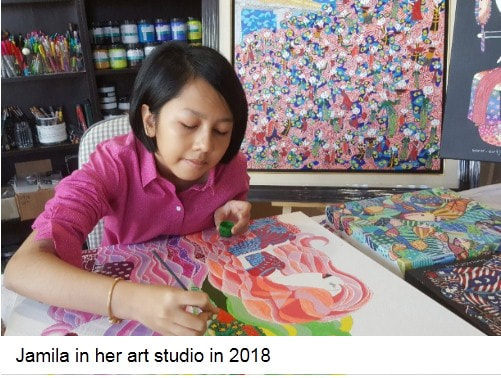

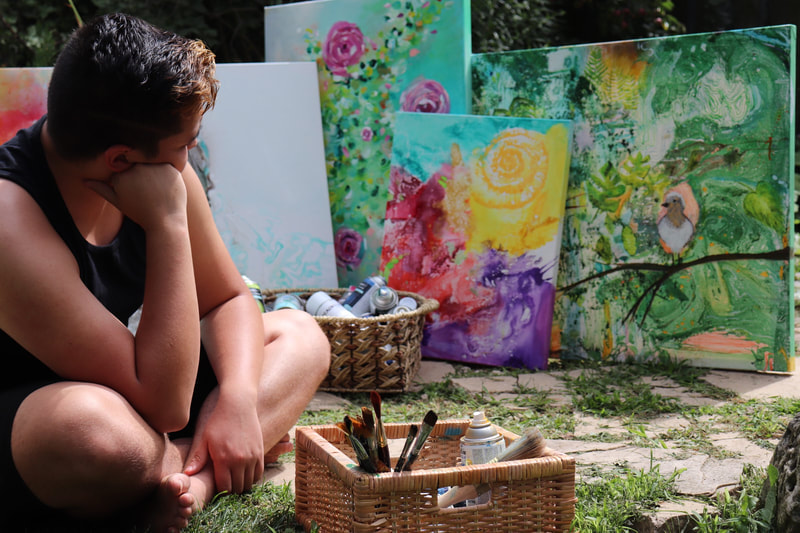
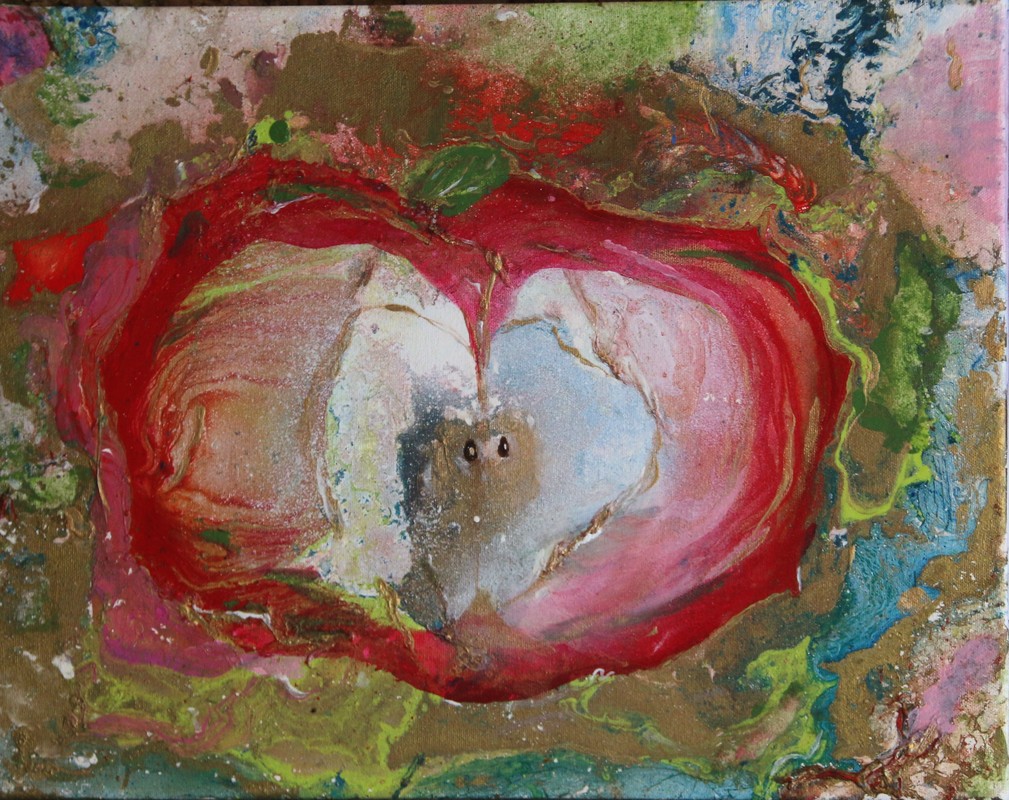
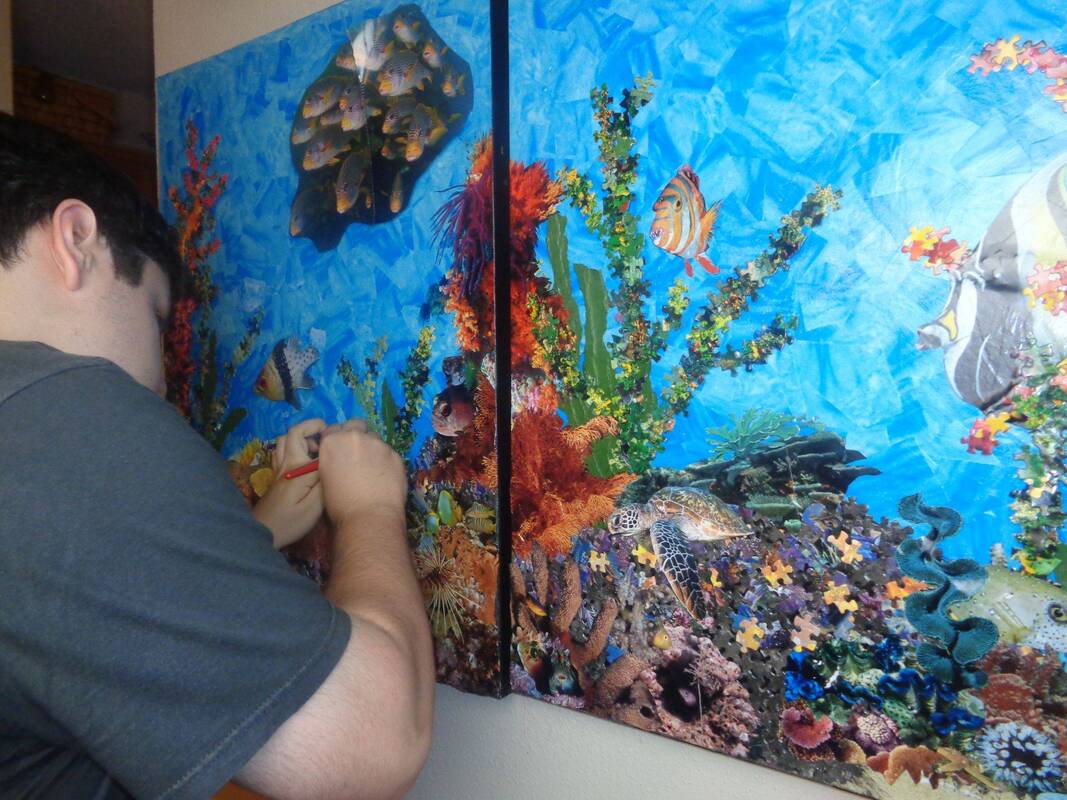

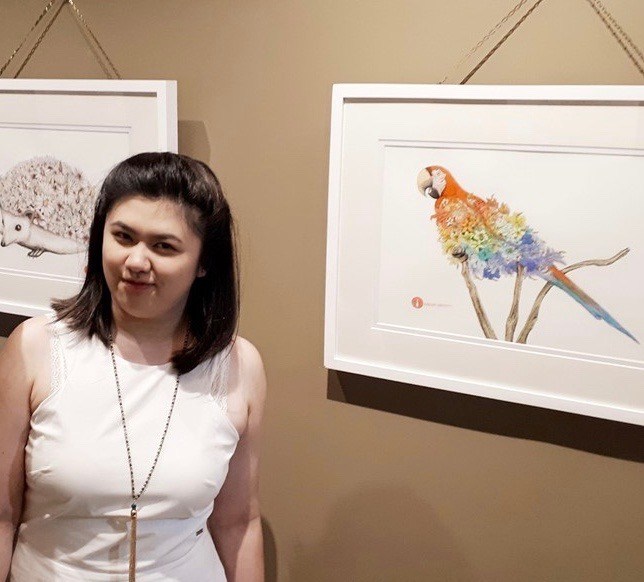
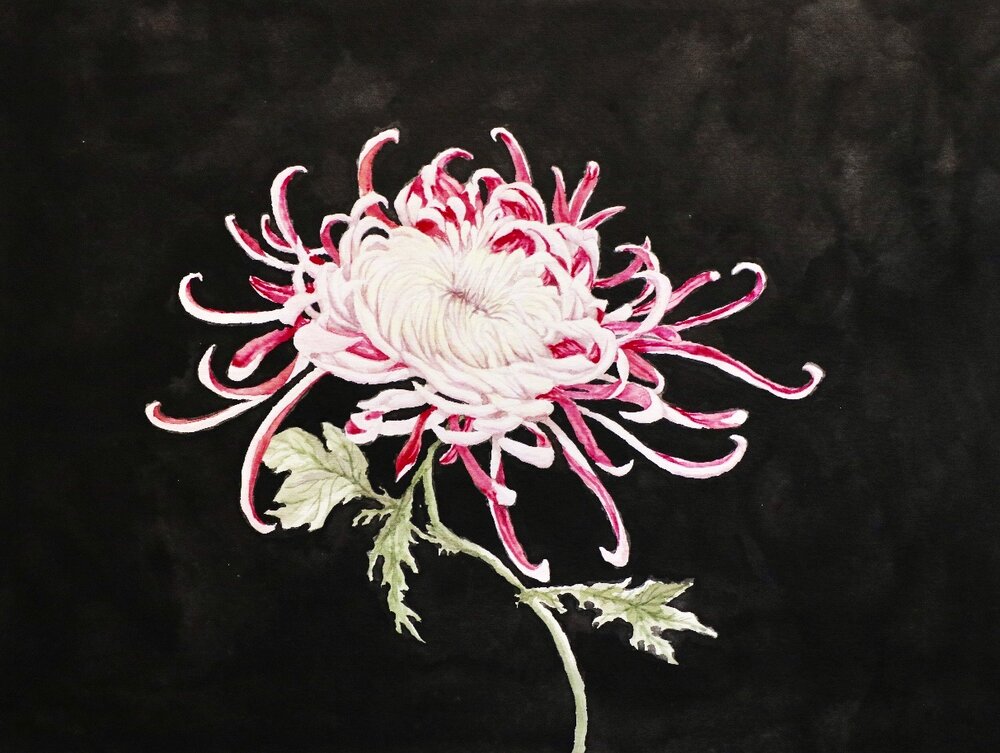
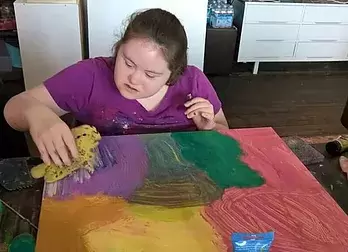



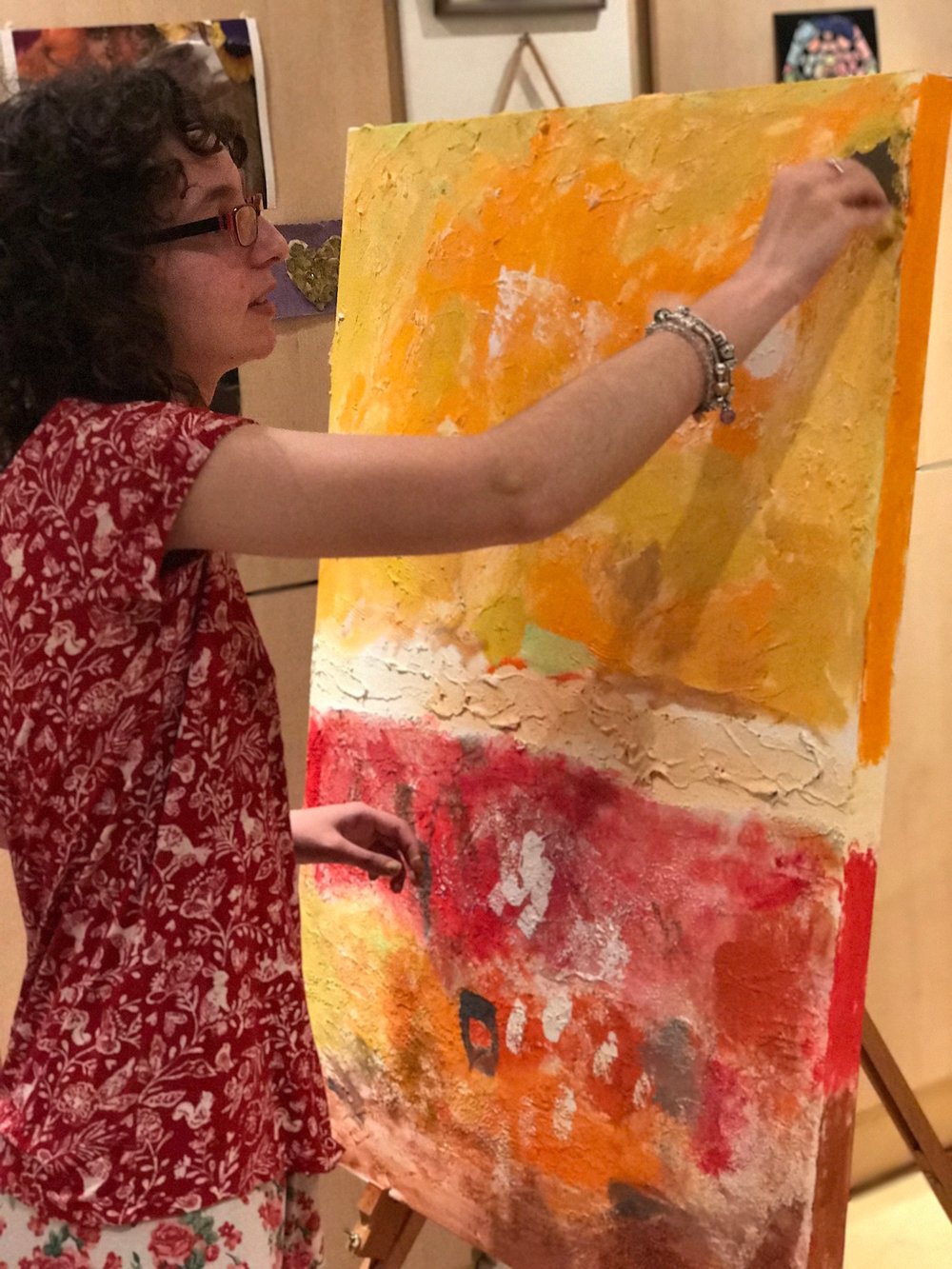
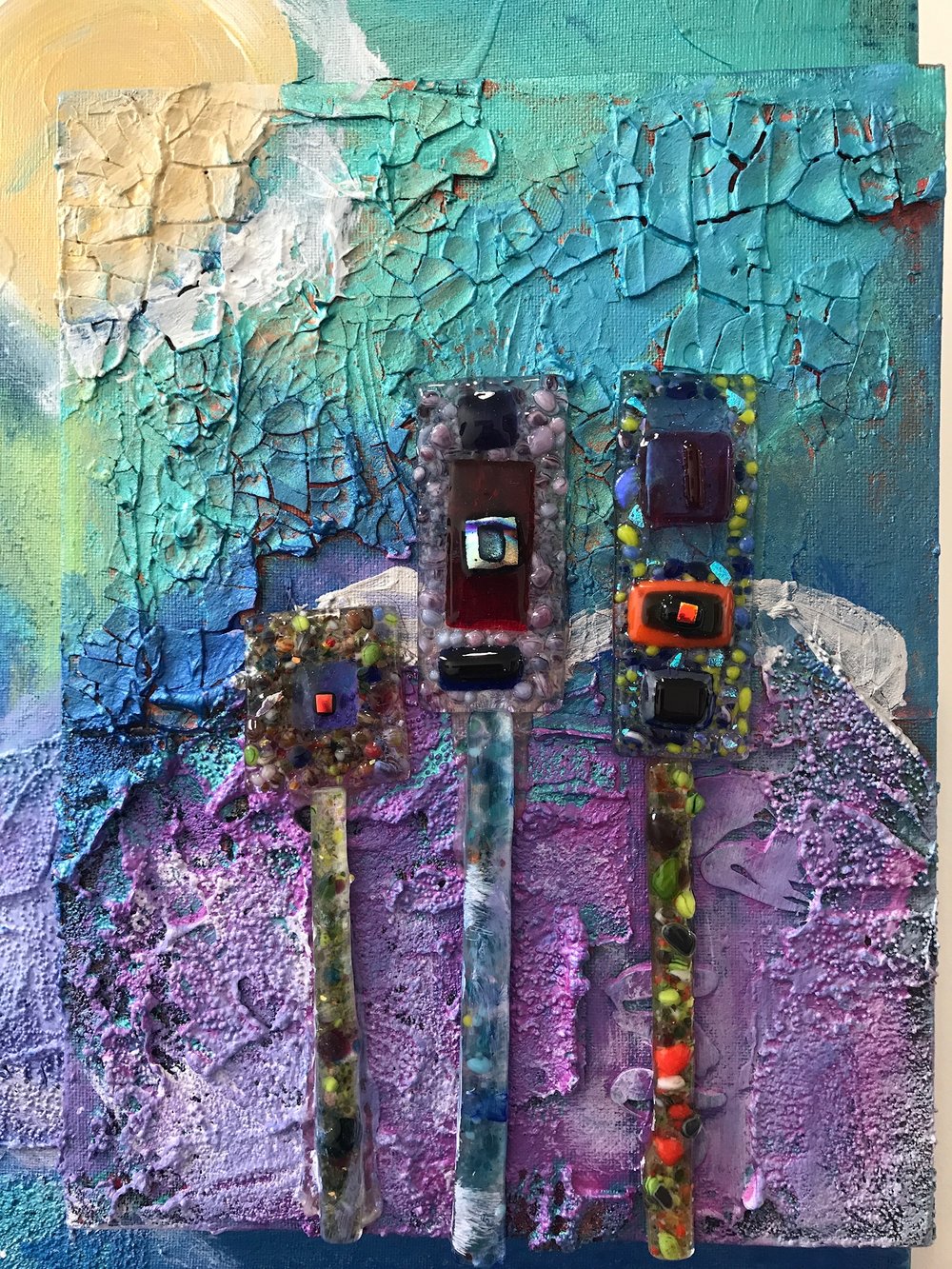


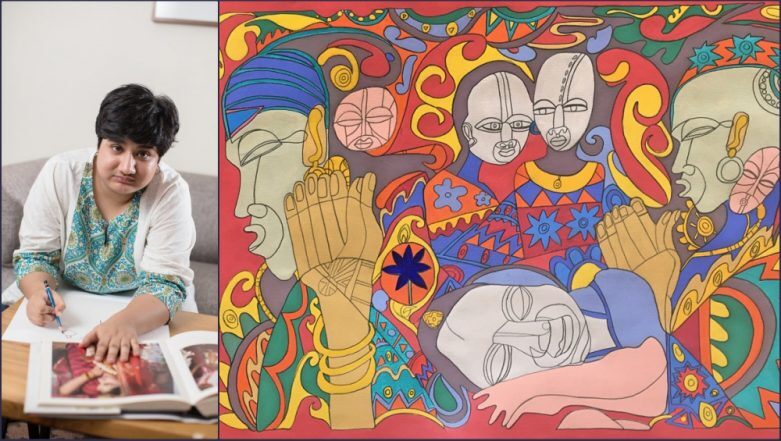
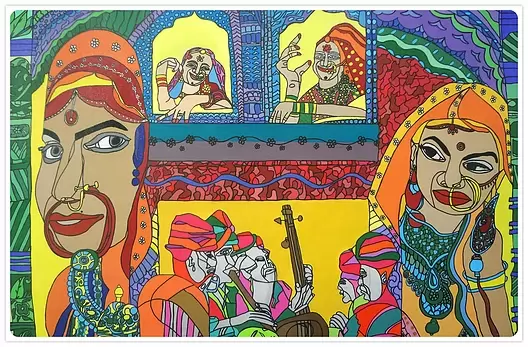
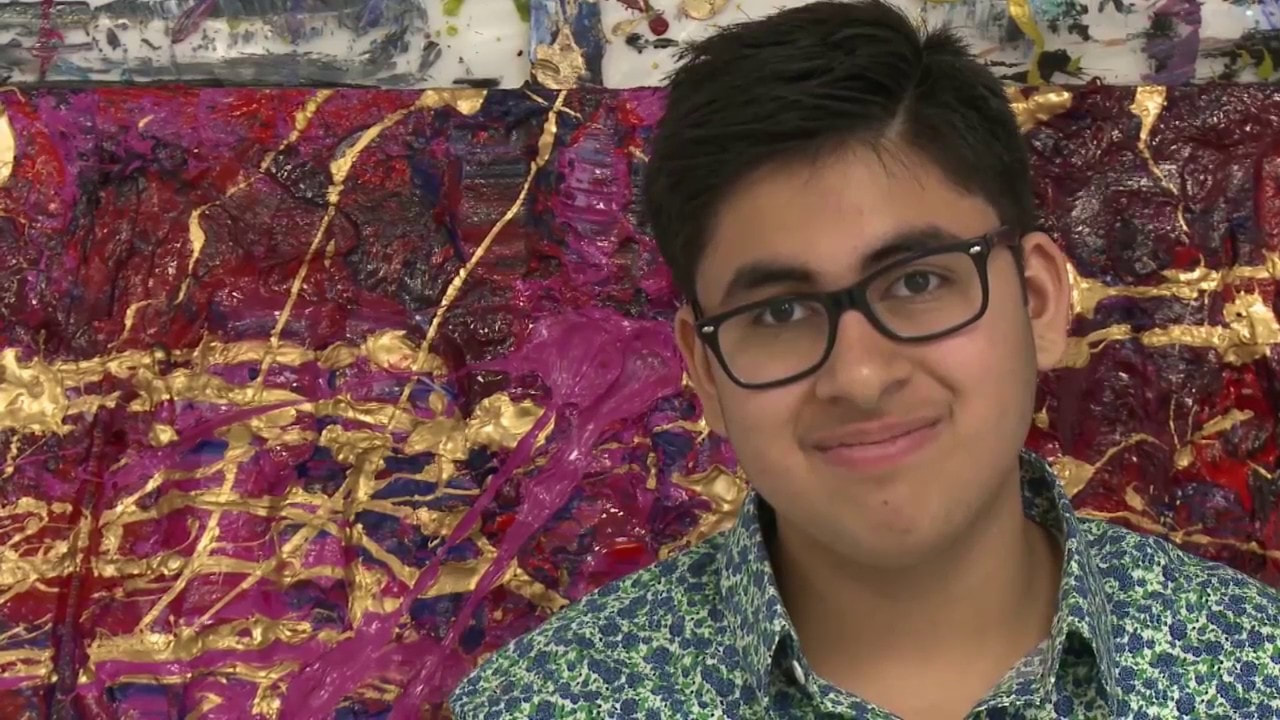




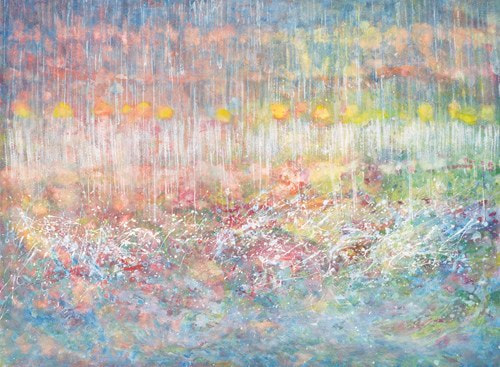

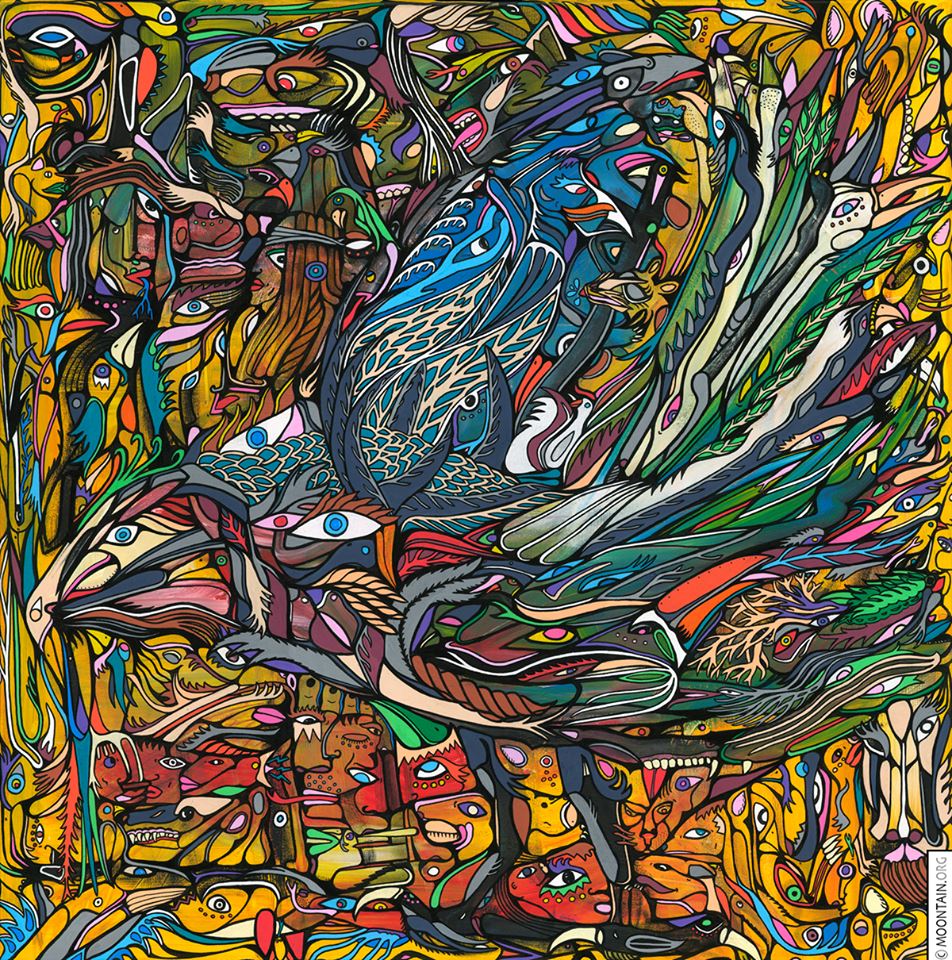

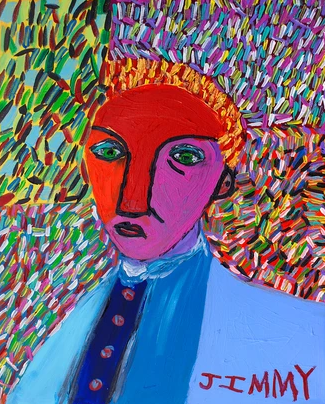
 RSS Feed
RSS Feed
